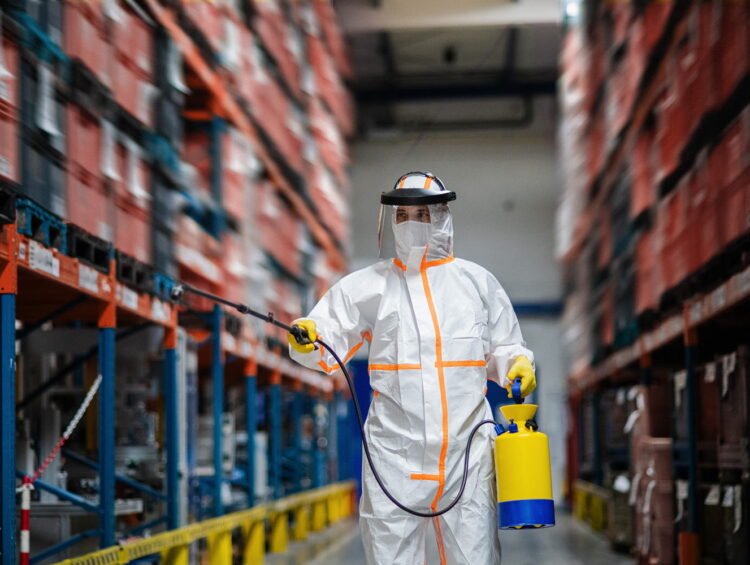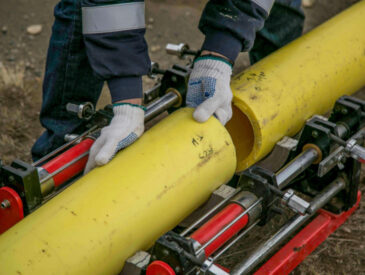Introduction
Singapore, a bustling metropolis known for its allure meticulous city planning, and pristine atmosphere, faces a constant challenge: bug control. While the city-state boasts advanced infrastructure and a healthy regulatory foundation, the ever-evolving type of pest infestations make necessary a dynamic approach to pest administration.
Technological Advancements in Singapore’s Pest Control Arsenal
Singapore’s virus control industry is leveraging mechanics advancements to enhance adeptness and effectiveness.
1. Smart Traps and Monitoring Devices:
Sophisticated traps, outfitted with sensors and data record capabilities, are immediately commonplace. These devices can detect the appearance of pests, monitor their endeavour, and even trigger Efficient Pest Control in Singapore. For example, thermal imaging cameras can identify the presence of rodents in hidden areas, allowing for point-in-a-direction interventions.
This data-driven approach allows for more exact and targeted situations, minimizing waste and maximizing efficiency. Furthermore, these wholes can provide original-time data to virus control professionals, permissive proactive responses, and avoid larger infestations.
2. Targeted Chemical Applications:
Advancements in insecticide formulations and application techniques have considerably reduced the material footprint of pest control. Precision spraying supplies, GPS-guided drones, and targeted bait stations are being used to transfer pesticides directly to bug populations, minimizing uncovering to non-target animals.
This targeted approach reduces the risk of harming advantageous insects and pollinators, joining with Singapore’s commitment to environmental sustainability.
3. Biopesticides and Biological Control Agents:
Singapore is actively surveying the use of biopesticides and biological control agents. These unaffected alternatives, which come from bacteria, fungi, or other animals, target pests outside posing the same health and environmental risks as synthetic chemicals.
Successful exercise of biopesticides requires a thorough understanding of the pest and its life cycle, a key area of examination in Singapore.
4. Remote Sensing and Aerial Surveillance:
Drone technology is progressively used for aerial following and pest discovery. High-resolution cameras and thermal depiction sensors can quickly survey large extents, identifying potential disease points and enabling rapid reaction.
This technology is specifically valuable in urban environments accompanying dense foundations, allowing for swift and effective interventions.
5. Predictive Modelling and Data Analysis:
best bed bug pest control specialists are utilizing data analytics and predictive forming to anticipate future infestations. By analyzing archival pest exercise data, environmental determinants, and other relevant variables, they can think of potential hotspots and develop intense strategies to prevent infestations. This approach is essential for upholding a proactive and safeguard pest control strategy.
Conclusion
Singapore’s approach to infection control is evolving from sensitive to proactive, leveraging innovative sciences and a strong importance on IPM. The integration of smart traps, targeted chemical applications, biopesticides, and progressive data analysis methods is transforming the way bug control is managed.
By ongoing to invest in research, collaboration, and public knowledge, Singapore can maintain a healthful and pest-free environment for its citizens and guests, while minimizing the environmental impact of bug control efforts. This vital approach not only protects public health and safety but reflects Singapore’s obligation to sustainable development and an extreme standard of living for all.





